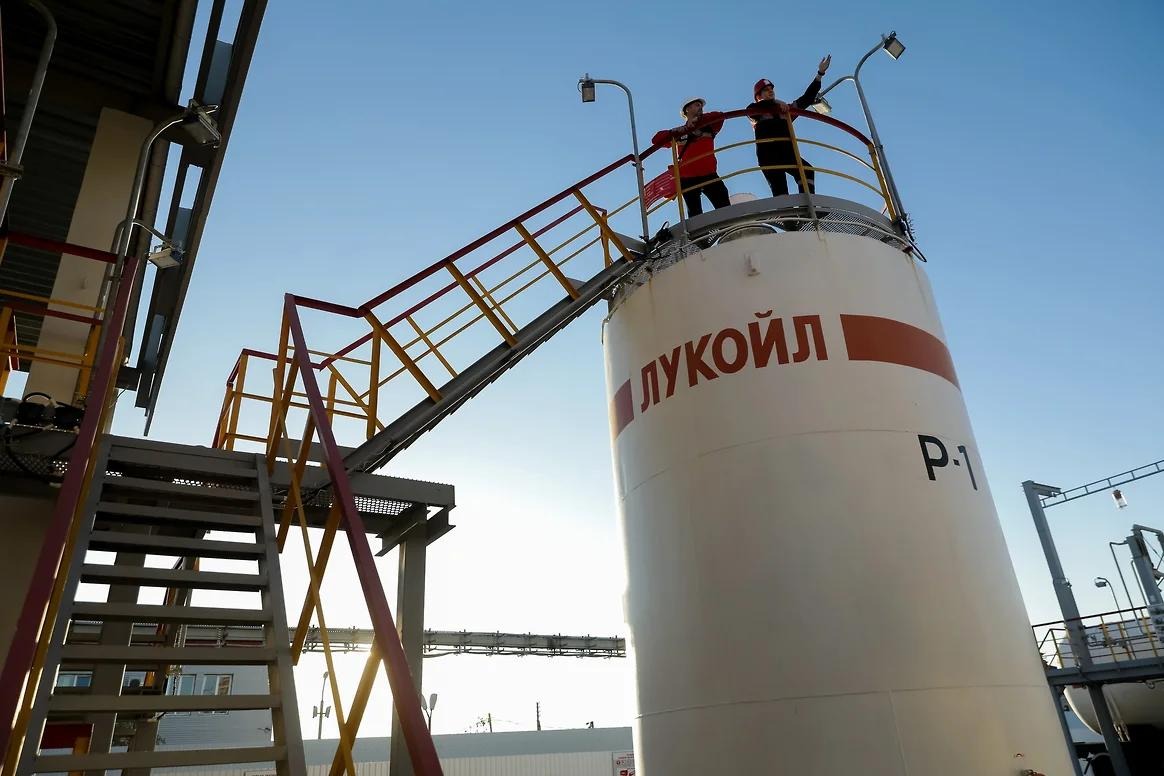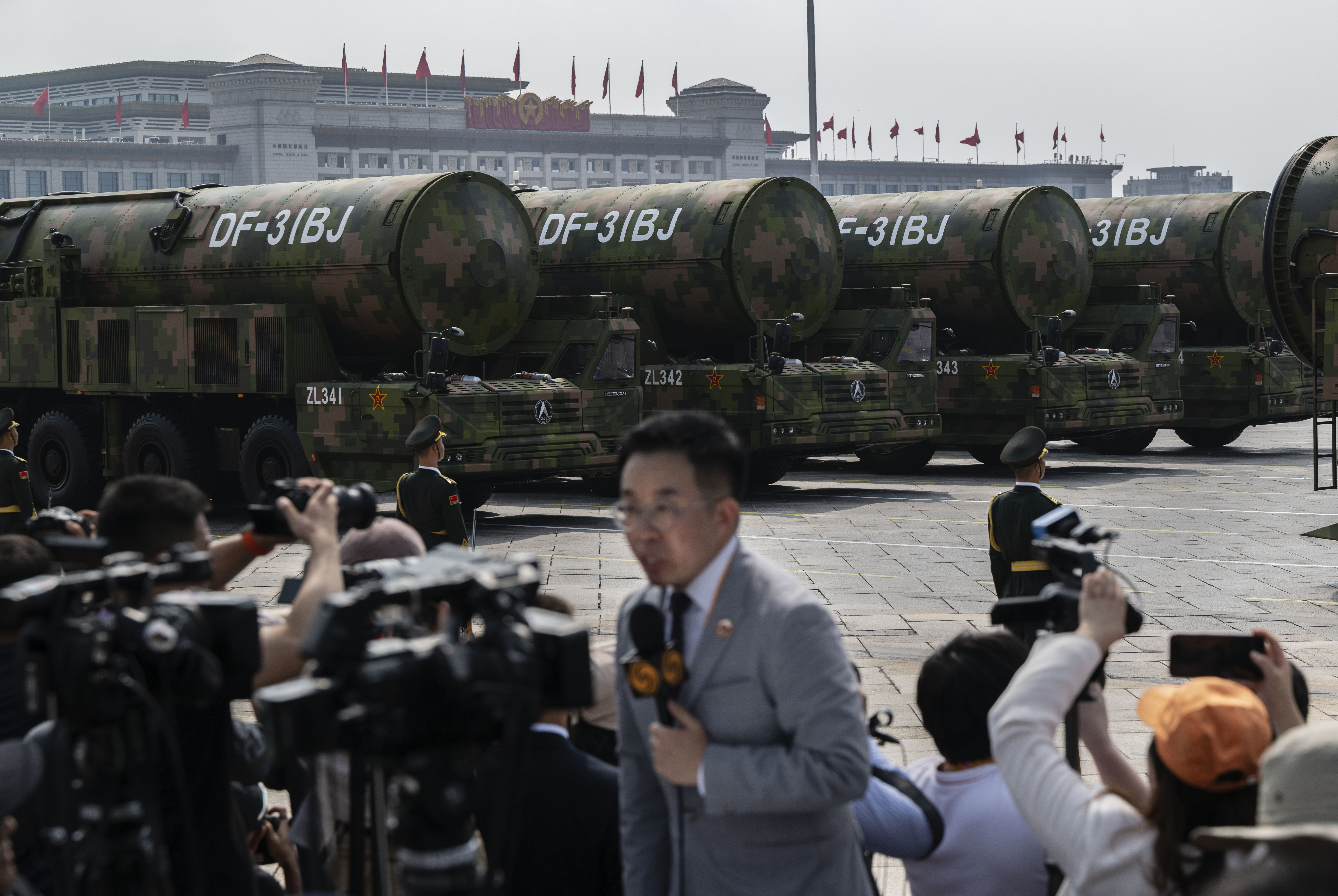Shiite Power Struggle Unfolds in Diwaniya
Shiite Power Struggle Unfolds in Diwaniya
Since the political bloc loyal to Moqtada al-Sadr abandoned the parliament and government ministries on April 16—in a move to demand Prime Minister Nuri al-Maliki set a timetable for the withdrawal of foreign troops—the Sadrist movement now appears to be tilting toward a more militant stance, separated from the political process and, consequently, relying more on the influence of the Mahdi Army for control over the Shiite population. This new development entails multiple factors, one of which is primarily an apparent increase in the level of rivalry between Shiite militias in the main urban centers in southern Iraq. The eruption of violence in the first week of April in the northern part of the predominately Shiite city of Diwaniya, which is the administrative center of al-Qadissiya province, underlines the escalation of competition for power among militia organizations, as followers of al-Sadr lead the way to claim the mantle of Shiite leadership (al-Jazeera, April 13).
Unlike previous sporadic clashes in the city, which mainly occurred between Iraqi police and Baathist forces, the recent fighting, notably after the January 2005 elections, testifies to a power struggle among Shiite groups in Diwaniya. The most notable clash before 2006 was the case of Hazim al-Shaalan, the former defense minister of the interim government, whose bodyguards fought against Iraqi security forces in January 2005 while campaigning for the elections (Baztab, February 1, 2005). Since the rise of al-Sadr’s popularity after the 2005 elections in the city, the Sadrists are now demanding more power in a city that is largely dominated by rival groups, namely the Supreme Council for the Islamic Revolution in Iraq (SCIRI) and local tribal forces. Al-Sadr has gained considerable support among the poor and the young in a city of nearly 500,000 people.
For the most part, the early April collision between joint U.S.-Iraqi forces and the Mahdi Army was a continuation of months of violence in the city. The origins of the conflict may be traced back to September 2006 when, after various explosions and many deaths, U.S. forces arrested a number of Mahdi militia men and confiscated al-Sadr’s computer equipment from his Diwaniya office (Baztab, September 14, 2006). The move was aimed at decreasing the disruptive activities of the Mahdi Army in the form of assassinations of members of political rival groups and the brutal imposition of Islamic law on the inhabitants of the city.
Al-Sadr’s call for a united Iraqi front on April 9, which immediately followed the early April Diwaniya fighting, revealed a new strategic tactic. The display of a united Iraqi front was first aimed at the Sunni-Shiite alliance with an aura of nationalism to symbolically oppose the presence of U.S. forces (al-Arabiya, April 9). The call was also, however, aimed at increasing his legitimacy among Iraqis, both Sunnis and Shiites, in opposition to any form of sectarianism, mainly led by some Sunni insurgents and, especially, the militia of SCIRI known as the Badr Organization, which for the moment controls Diwaniya’s police force and the al-Qadissiya provincial council (CBS News, April 7). The main threat to al-Sadr and his Mahdi Army has been the Badr militia. The Sadrists’ recent attempts to control Diwaniya testify to such ongoing rivalry between these two Shiite groups that seem to be unwilling to make compromises over the control of Iraq’s southern cities.
There is also tension among the tribal forces in the city over the control of khums money, annual religious taxes of one-fifth, which is levied by Shiites on income to be spent on the Prophet’s family and the poor. For the Sadrists, the tribal forces have failed to fairly distribute the money to the people in the city, as required by Islamic law. As in the case of Karbala, the followers of al-Sadr are interested not only in military domination, but also in control of major holy sites and religious practices, hence expanding their influence in all aspects of Shiite Iraqi life.
There are two possible reasons behind Sadrist attempts to control Diwaniya. One possible reason can be directly linked to the implementation of the Baghdad security plan, which since February 14 has forced the Mahdi Army to maintain a low-profile in Baghdad, although it appears to continue to press for power in other cities like Basra and Diwaniya. Second, it is possible that al-Sadr is trying to gain more independence from Tehran and Najaf, especially Ayatollah Ali al-Sistani, by defying the idea of a united Shiite front against anti-Shiite Salafism, which may seem anti-Sunni to many Sunni Arabs, and the U.S. presence in Iraq. By doing this, al-Sadr is also attempting to bolster his base and reassert power by appealing to various splinter groups in his Mahdi Army who have accused him of treason for too much flirtation with the Iranians and the Iraqi government, the latter of which is perceived as an extension of the U.S. presence.
Diwaniya is the powder keg of Iraq. With vying Shiite militias and tribal forces, the city is bound to become a site of intra-sectarian conflict, namely a clash between Badr and Mahdi militias in major cities like Baghdad, Basra and Diwaniya, despite a surge of troops in Iraq.


